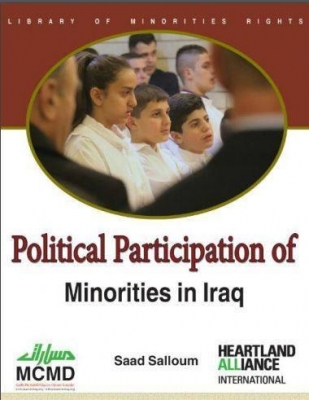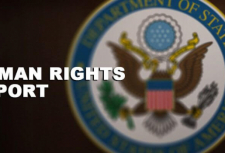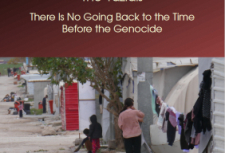Political Participation of Minorities in Iraq The Political Participation of the Yezidis

Part one
Before the second Gulf War in 1991, the social structure of the Yezidis was united to a certain extent and was represented by the Emiri Institution headed by Emir Tahseen Bek and the Yezidi Spiritual Council. The conditions changed as a result of developments that took place after 1991 (including the imposition of a safe zone by the United Nations Security Council Resolution 688, adopted on 5 April, 1991). It was then that Kurdish parties and militia controlled areas north of the 36th parallel including three major provinces, among them is Dohuk, where there were four large Yezidi population concentrations.
Kurdish parties, with the administrative and security vacuum created after the withdrawal of the Iraqi state institutions from these provinces, decided to hold the first regional elections in Iraqi Kurdistan in 1992 with the participation of a number of opposition political parties and movements. 36 Yezidis Divided Between the Central Government and the Kurdistan Region These developments divided the Yezidi community between the Central Government and the Kurdistan Region leaving them politically unorganized in areas under central authority. They were unable to organize because of the dominance of the Baath party in the political system. This situation continued until the toppling of the regime in Baghdad in 2003.
By -Saad Salloum
Tags:
Political Participation of Minorities in Iraq The Political Participation of the Yezidis

Part one
Before the second Gulf War in 1991, the social structure of the Yezidis was united to a certain extent and was represented by the Emiri Institution headed by Emir Tahseen Bek and the Yezidi Spiritual Council. The conditions changed as a result of developments that took place after 1991 (including the imposition of a safe zone by the United Nations Security Council Resolution 688, adopted on 5 April, 1991). It was then that Kurdish parties and militia controlled areas north of the 36th parallel including three major provinces, among them is Dohuk, where there were four large Yezidi population concentrations.
Kurdish parties, with the administrative and security vacuum created after the withdrawal of the Iraqi state institutions from these provinces, decided to hold the first regional elections in Iraqi Kurdistan in 1992 with the participation of a number of opposition political parties and movements. 36 Yezidis Divided Between the Central Government and the Kurdistan Region These developments divided the Yezidi community between the Central Government and the Kurdistan Region leaving them politically unorganized in areas under central authority. They were unable to organize because of the dominance of the Baath party in the political system. This situation continued until the toppling of the regime in Baghdad in 2003.
By -Saad Salloum
Tags:


























